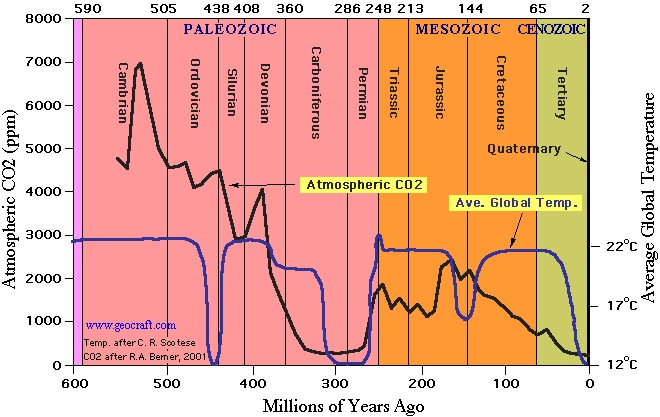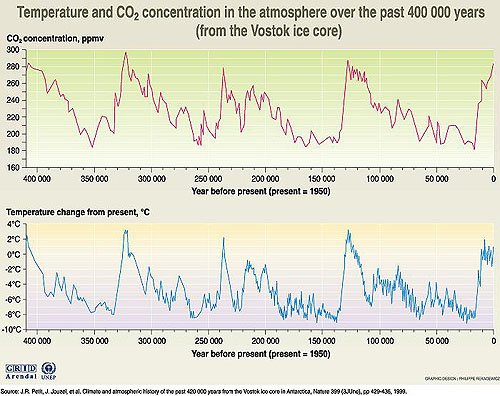To be clear, the way this was done was to group people by the number of papers published, the cut off number was 20 and all they were agreeing to was this rather modest statement:
To paraphrase that statement using actual numbers and see why it's not surprising at all that most people agree with it:
I agree with that statement, so I'd be in the CE group as well.
Yet I'm very skeptical of much of the IPCC modeling for the climate of the coming century since it is based on totally unrealistic scenarios used as input to very hot models to create an upper range that is not credible, but none the less are used as input to other papers to project the "results" of global warming in the most alarming method possible.
So when appropriate, I can be a skeptic.
So the point is, one can be skeptical of some of the methods in the field and yet not be in denial of anything.
Polarizing the debate by assigning labels and putting people in imagined pigeon holes is not productive.
Stick to the actual science/methods please.
Your right to be sceptical about any specific future claims made by anyone at this point, and about claims being made about the current rise in tempuratures. The truth is that the world is too big with too many variables to model with that kind of precision (weather man anyone?).
However, here are the facts.
1. CO2 absorbes more heat from the sun then the standard composition of air.
2. CO2 levels are higher (from us) then they have ever been in any time that we have any data on, and they just keep going up.
3. Eventually, something has to break and earth will begin to heat up. Exactly when, at what concentration, and how much per unit rise in concentration it will heat up is currently not accurately known (I.E. recent revelations about the oceans soaking up more heat than expected, thing like this may keep happening because again there are just too many variables).
The phenomenon is real, but sensational statements from the media and scientists involved that can be easily disproven, or called into question have created a distrust about the whole thing. Not to mention the climate gate crap. If they had just stuck to the facts they there could be no argument (cuz there facts you know, not that wouldn't stop some).
It is inevitable if we continue on this course. I am quite sure however, that with all the distrust bad shit will have to happen (rising oceans destroying major cities and whatnot) that can be directly linked to global warming before any decisisive action is taken by the world as a whole.
One can only hope that by then, it is not too late to do anything about it.
Last edited:






